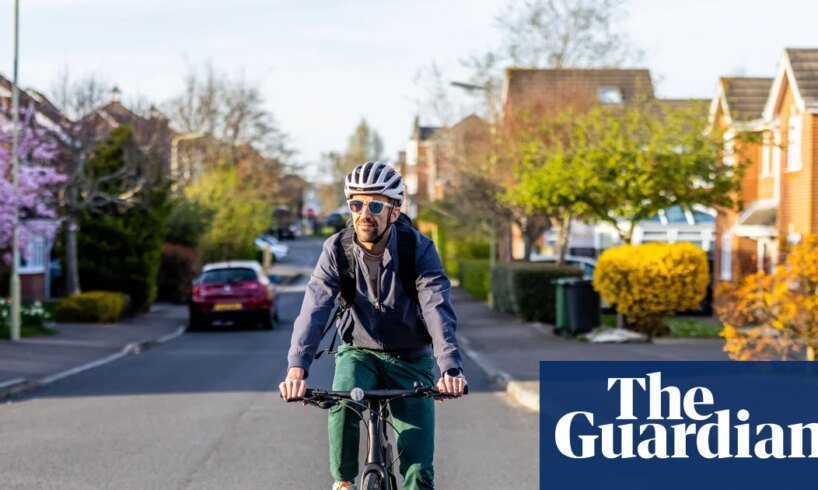
Reducing residential speed limits from 50km/h to 30 km/h would protect cyclists from danger and make riding less stressful while not causing traffic delays for cars, according to new research.
Researchers from RMIT University rated traffic stress levels for every road in greater Melbourne and modelled the effect of lower speed limits on bicycle and car travel.
Reducing the speed limit to 30km/h across residential areas doubled the amount of bike travel on low-stress streets – creating a safer environment for children and less confident cyclists, said the study’s lead researcher, Dr Afshin Jafari.
“Slowing traffic makes bicycle riding less stressful, encouraging more people to choose bikes as a safe and viable mode of transport,” Jafari said.
Many existing cycle routes – narrow paths on 60km/h roads – were highly stressful for bicycle riders, which is one of the main reasons people choose not to ride, he said.
Sign up: AU Breaking News email
Meanwhile, the study – which was published in Cycling and Micromobility Research – found car travel was barely affected by the 30km/h limit, as it was only applied on local streets rather than the busier roads – like main roads or highways – that were designed to maximise the flow of traffic.
The findings come as Victoria enacts a new speed limit law allowing councils to propose 30km/h limits in school zones and local streets.
The director of the Institute for Sensible Transport, Dr Elliot Fishman, who was not involved in the study, said cycling rates in Australia were low – about 2% of trips to work – and had barely shifted in the past 20 years, despite state and local government ambitions.
In cities like Sydney and Melbourne, there were huge numbers of short trips (under 5km) made by car that were instead suitable for cycling.
Each day, more than 6m trips shorter than 5km were driven in Greater Sydney, over 2m of these being of less than 2km. In Melbourne, more than half of non-work trips were a “bikeable distance” of under 5km.
“The main reason people are choosing to make those trips by car rather than cycling is that they don’t feel safe riding a bike,” Fishman said.
Lowering the speed limit would save lives, he said, and was a key reason why some countries – like the Netherlands, where 28% of all trips are by bike – have adopted 30km/h as a standard on residential streets.
skip past newsletter promotion
Sign up to Breaking News Australia
Get the most important news as it breaks
Privacy Notice: Newsletters may contain information about charities, online ads, and content funded by outside parties. If you do not have an account, we will create a guest account for you on theguardian.com to send you this newsletter. You can complete full registration at any time. For more information about how we use your data see our Privacy Policy. We use Google reCaptcha to protect our website and the Google Privacy Policy and Terms of Service apply.
after newsletter promotion
“If you get hit by a car travelling at 50km/h, you’ve only got a 1.5-in-10 chance of surviving. If it’s going 30km/h you’ve got a nine-in-10 chance,” Fishman said.
But it was not enough to put up a sign that says 30km/h, he said; there also needed to be design changes to slow down traffic.
Fishman’s research has shown modal filters – which use traffic management tools and landscaping to discourage “rat-running”, the practice of taking shortcuts between traffic arteries through residential streets – were the most effective at improving safety and cycling rates.
By 2030, transport is likely to overtake electricity to become Australia’s largest emitting sector, according to the Climate Change Authority. It is the only sector where emissions are increasing, according to government data.
Increasing the share of active travel like walking and cycling is a priority action in the government’s transport roadmap.





